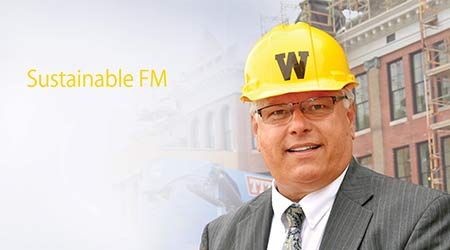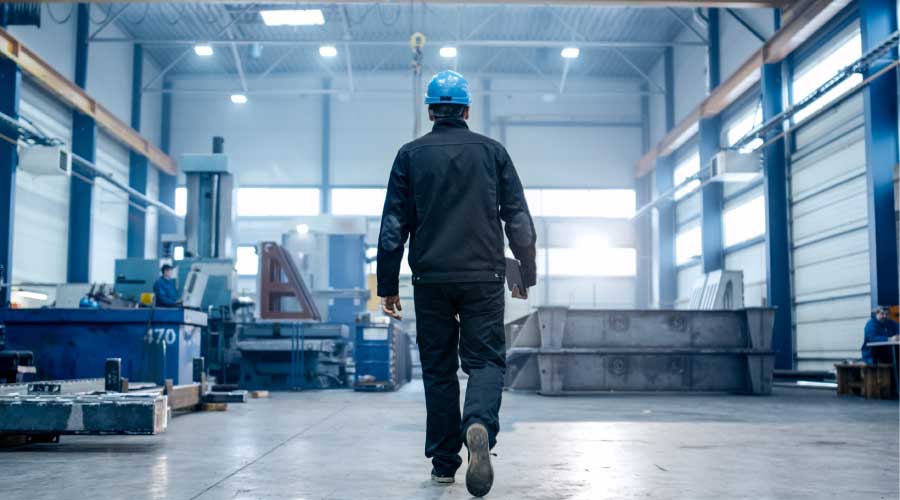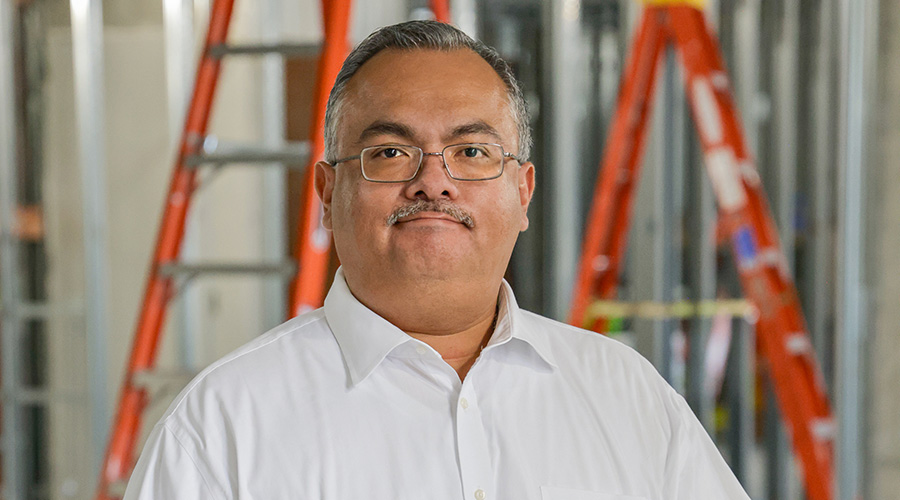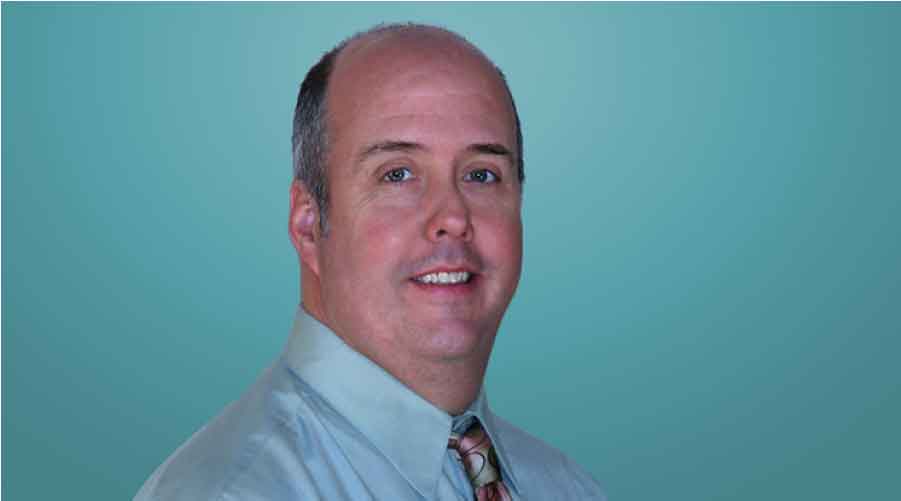Collaborating On Sustainability Raises the Profile of the FM Department
Second part of a three-part cover story profiling Western Michigan University's Peter Strazdas.
One of the most important ways Strazdas raises the facility management profile is his close relationship with the office of sustainability. WMU’s office of sustainability is a separate entity, not under the umbrella of Strazdas’s facilities management department. Collaboration between the two departments is frequent and meaningful. Strazdas mentions two particular instances when he asked the office of sustainability, a department with a more academic bent at times, for help. “Students like ‘hydration stations,’” he says, referring to what most of us know as water fountains. “Students all carry water bottles, instead of plastic bottled water.” So Strazdas asked the office of sustainability to do a study on a few different brands of hydration station to help determine what would be best for campus.
The other example is similar: He asked the office of sustainability to study placement for new EV charging stations on campus. He says getting the students and faculty involved in these decisions is always important for buy-in.
“We see the campus as a living, learning laboratory,” says Dr. Harold Glasser, executive director for campus sustainability. “It’s a test-bed for real-world problem-solving for people and the planet.”
This requires, as in the examples above, collaboration between facilities, faculty, and students, he says.
“In the case of facilities we share data, ideas, and set priorities collaboratively in a whole host of areas from greenhouse gas reduction to waste reduction and landscaping to water management,” says Glasser.
These positive, highly visible changes on campus make the campus more sustainable, close the gap between the academy and facilities (as Strazdas stated as a goal), and also raise the profile of facilities management.
“This is drastically changing the perception of FM,” Strazdas says. “FM is becoming more mainstream, the perception has improved. It’s not just maintenance.”
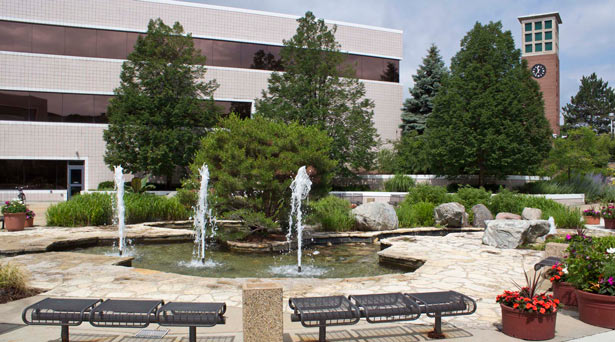
(Beautiful landscaping throughout campus is one way Strazdas raises the profile of the FM department, conducting tours and pointing out features. Credit: Western Michigan University.)
To further this perception, Strazdas has his trades wear uniforms — “not jeans and Hawaiian shirts,” he quips — and he and his upper managers still wear suits and ties every day. While he admits the latter is a bit outmoded, he explains that perception is reality, and he wants himself and his staff to be seen as a “notch or two above the norm. We make sure everyone on our staff looks professional,” he says. “If you don’t look professional, you’re not.”
Strazdas talks about the importance of public relations, citing a particular example of how his grounds crew spent weeks creating gardens all over campus. His team did an inter-office “press release” about a tour of the gardens and the launch of a new facilities webpage. “This was a huge success,” says Strazdas. “It massively raised our profile. No one would have realized it was us who made these beautiful gardens.”
The more a facilities department can reach out to the organization at large, the better, he says. “We need to do lots of touches with our customer base,” he says. “If we don’t do this, the perception of us cleaning toilets and turning wrenches will persist.”
Again, this illustrates to younger workers that facilities can be an attractive career choice for a new generation.
The millennial mind
“Old white men usually think alike, talk alike, joke alike,” says Strazdas. “And that lack of diversity hurts our team. So the more diversity, the more perspectives. There is more than one way to skin a cat.”
Strazdas says he’s been endlessly fascinated with how differently millennials think and work than his generation. Millennials want to know that they’re valued and that their career is valuable and contributes in a meaningful way to the organization, he continues. This is why it’s so important to raise the profile of facility management.
One way Strazdas that illustrates how facility management really can be a lifelong, rewarding career is by explaining the magnitude of the work they do. “We are managing the largest physical asset on campus — over a billion dollars,” he says. “Who else is managing a billion dollars in assets?”
What’s more, emphasizing the variety of possibilities with facilities shows millennials they can go in just about any direction they choose — mobility is available, a critical criterion for many millennials, who are notorious for being frequent job-hoppers. So keeping young workers happy at the university with the volume of opportunity is important.
“Millennials who become involved in this wide, broad profession we call facility management, they’re like a kid in a candy store,” says Strazdas. “There is so much chance for horizontal and vertical movement. They can go any way they want, and they get pretty excited about taking advantage of that opportunity.”
Chris Caprara, one of Strazdas’s millennial staff, is an energy administration specialist at Western Michigan and has been in his current role for nearly four years. He says one reason he’s excited about his future at WMU (Caprara has both undergraduate and graduate degrees from the school as well) and in facilities is the potential for upward mobility. “I believe that if colleges and universities are going to keep on top of their sustainability commitments, it will become more and more necessary for facilities departments to take a more active role,” he says. “My dream job would be to oversee a broad range of sustainability initiatives and I see this as a possible future opportunity at WMU.”
Another area where Strazdas’s vision for his department and the goals of millennials meet nicely is in the area of training and continuing education. One reason Strazdas emphasizes training and credentialing is simply that a shrinking budget, partially due to the “new normal” in how facilities are funded, means he can’t always afford to hire an engineer with 20 years of experience. So hiring new grads and educating them is a must. One advantage, says Strazdas, of working in higher ed is that chances for education are plentiful and inexpensive (free, in many cases). “Many of our staff are working on a second or third degree,” he says.
Strazdas, an immediate past president of APPA, an organization in which he remains actively involved, also encourages staff to take advantage of continuing education and networking provided by industry trade groups.
Caprara, for one, vouches for this emphasis on education at WMU: “I was encouraged to attend a bicycle-friendly university conference at Michigan State University,” he says. “Since I commute to work for a decent part of the year by bike, Pete recognized that this is an area I would be interested in learning more about.” Caprara has also achieved his Certified Energy Manager (CEM) and LEED Accredited Professional credentials, and continues to maintain both with continuing education.
But while continuing education is important, it’s not all, or even the most important part of ongoing training. “We as leaders need to give them experience — experiential learning is much more powerful than the classroom,” says Strazdas. “It’s incumbent upon us as boomers to train these millennials.”
Strazdas sees training, providing chances for experience, and raising a new generation of young facility managers as part of his sustainability mission — of leaving the place better than you found it. Sustainability isn’t just about recycling and energy efficiency, he says. It’s about making better processes and better people.
Email comments and questions to greg.zimmerman@tradepress.com.
Related Topics:








